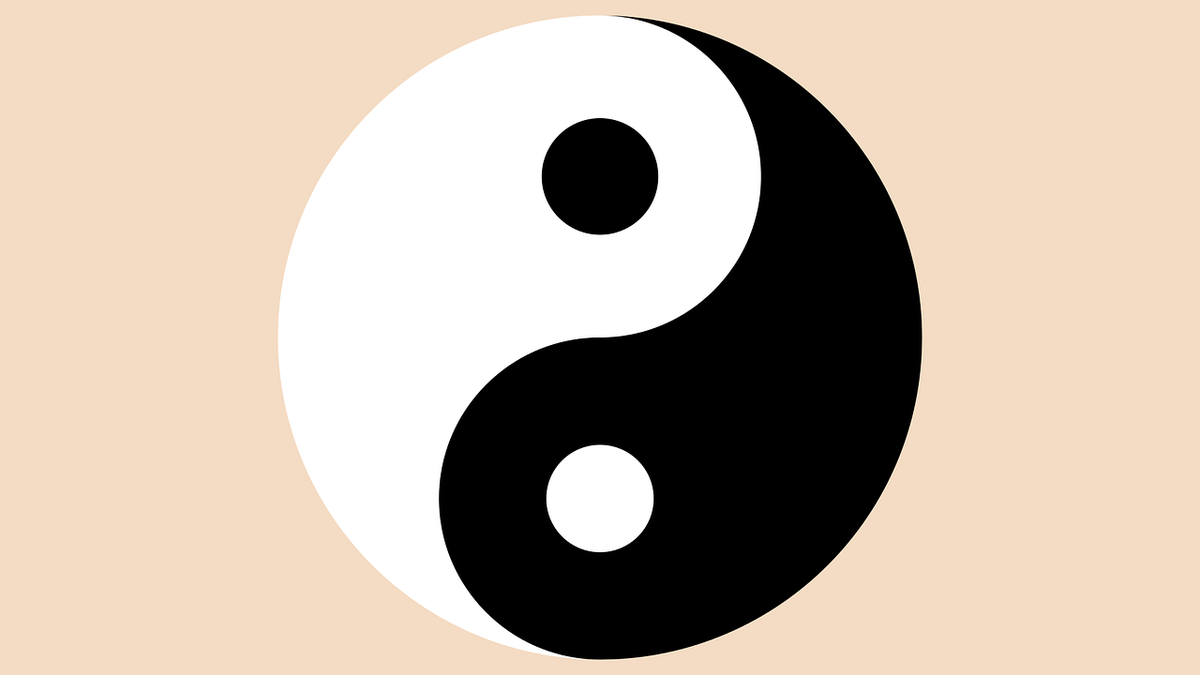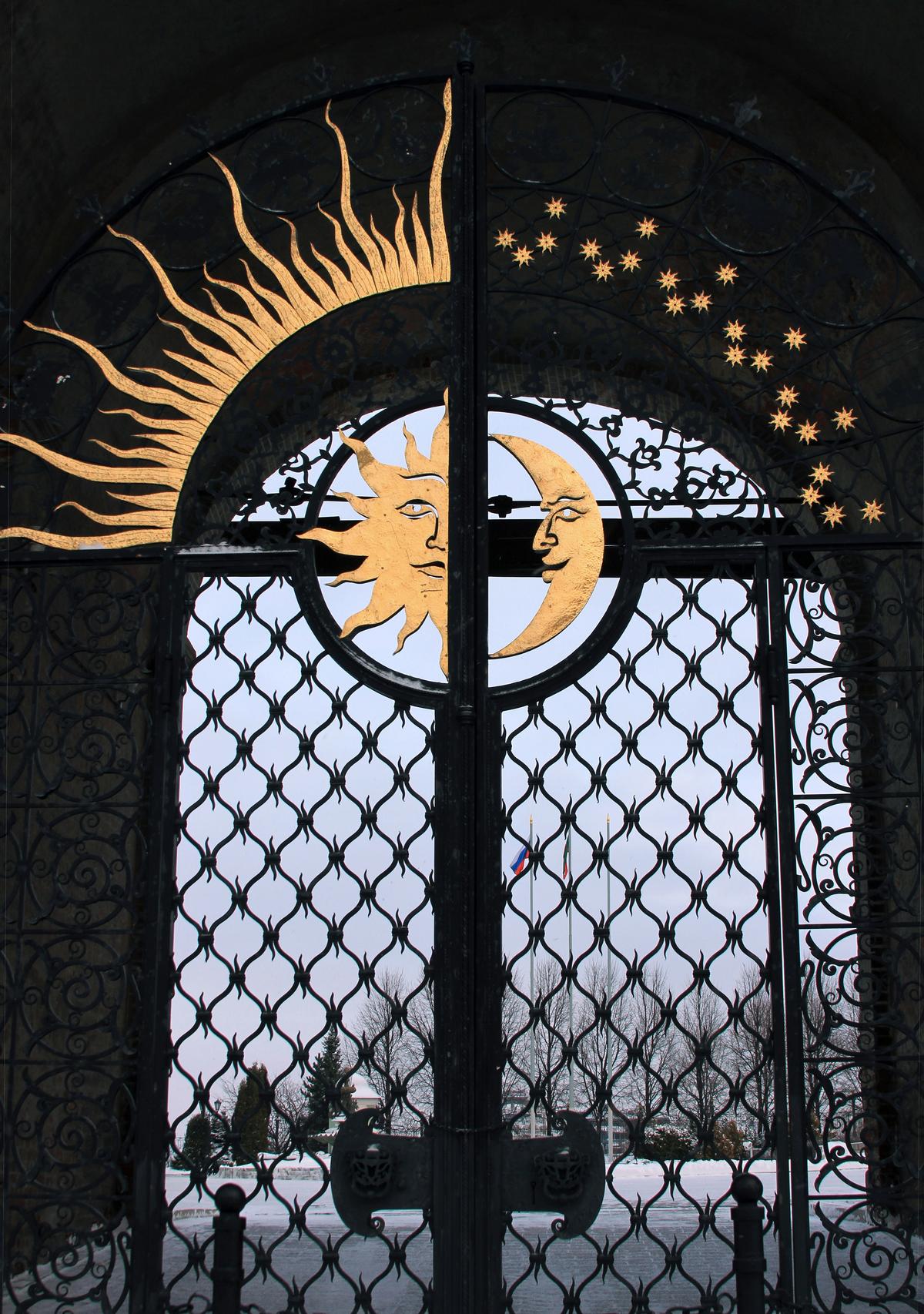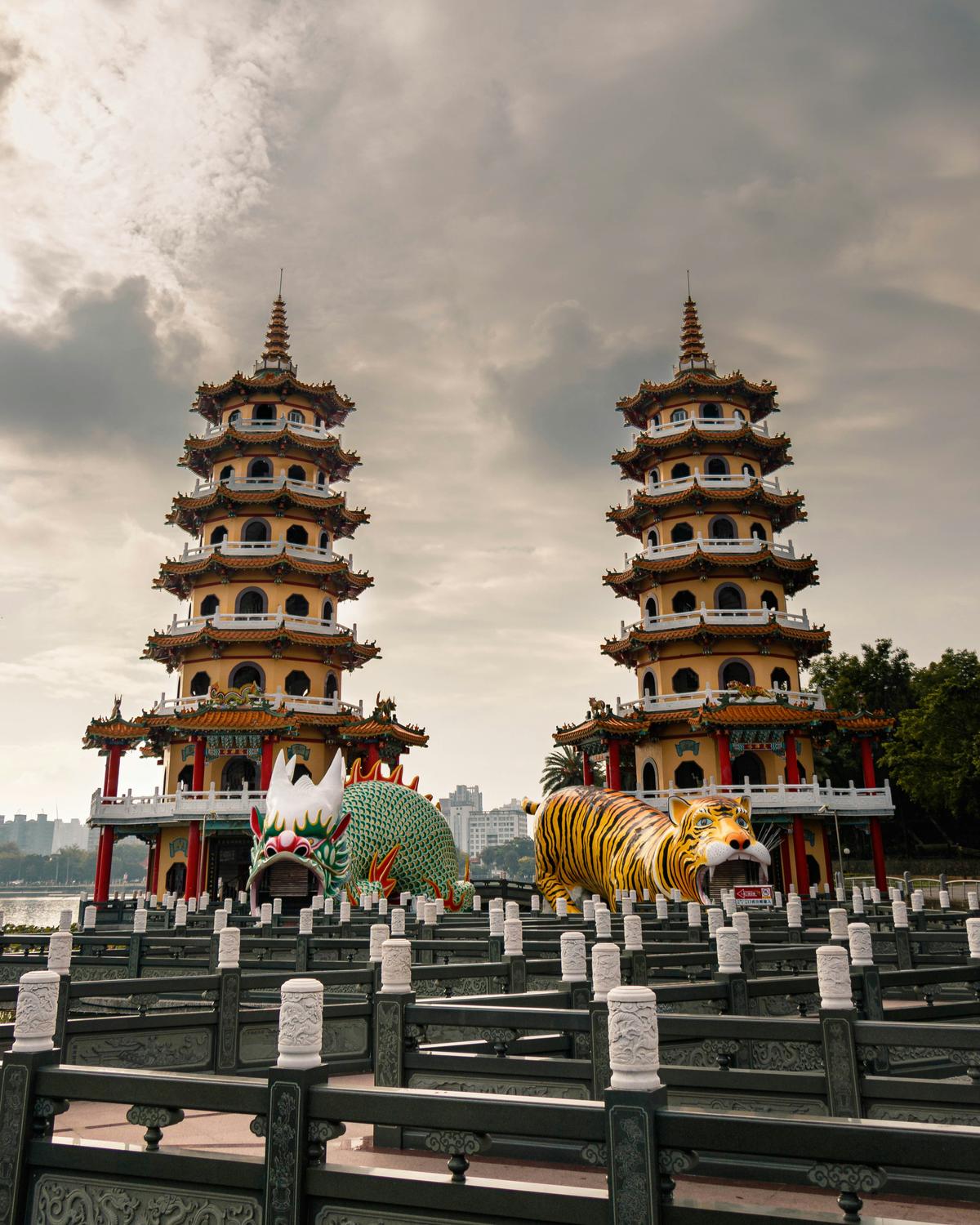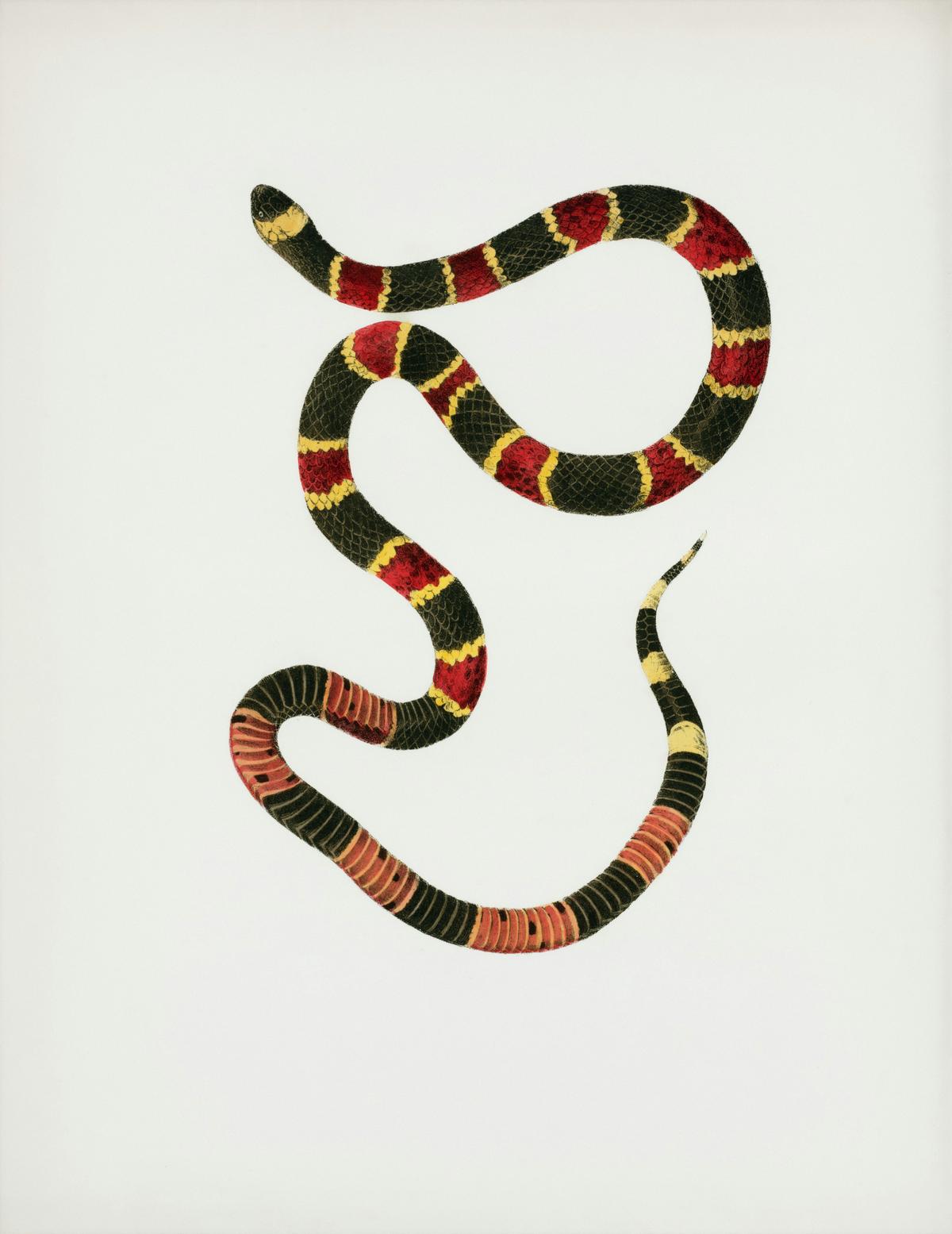Through art and Earth: Famous symbols of the Yinyang philosophy!

Day. Not day. White. Not white. If you look close enough, you will see the ideology of differences everywhere in the semantics of existence. Yet when we think of life, it is always a whole. That is precisely why the philosophy of yinyang (I like to write it together instead of ‘yin-yang’ because that way it looks more like a flow), a philosophy of mutually interconnected forces, is always interesting to read about. Yinyang is ever present and universal.
Earliest concrete traces of the philosophical theory of yinyang is seen in the ancient book called I Ching (pronounced ‘ee-ching’) where yinyang is described as something inseparable, forces opposite yet play against each other in a rule of complementarity. This dialectic in yinyang is dynamic and eternally in flux.
The core energy struggles between yin and yang transforms each other, keeping them in check and balanced. Now where? Crucially where in the mechanisms of our life do we see such a pattern?
The universality of yinyang reaffirms itself in science. The most important piece of scientific information regarding our life is that everything is made up of atoms, right? In an atom, positive protons and negative electrons are present in the same number making the atom neutral or in other words, balanced and stable. The reason why atoms exist is because of the strong nuclear force of attraction between protons and neutrons in the nucleus.
Let’s make a turn. In electrostatics, a fundamental, universal law exists — like charges repel each other and unlike charges attract each other. A positive and negative charge will have the electrostatic force of attraction between them, creating a sense of unity. In yinyang, the same idea pervades. Positive yang and negative yin (opposite forces yet interdependent) combine in a supreme polarity.

The sun shines its rays over the lush and imposing mountains and valleys.
| Photo Credit:
Unsplash Images
Mountain and Valley
Here goes the backstory. The sun shines its rays over the lush and imposing mountains and valleys. The visual root of the yinyang philosophy lies here.
The original linguistic meaning of the words yin and yang are connected to a contrasting imagery of the mountain and the valley. A portion of the mountain, including the valley, remains unaware of the light that is being shined on the other side of the mountain, creating a polarity. Yin meant the shaded, dark parts of parts of a mountain – valley (northerly aspect), whereas Yang meant the sunlit, bright slopes of a mountain (southerly aspect).
Then the sun moves, and yin trades places with yang. Since time immemorial, this chiaroscuro has gone on, representing a perpetual cyclic circle of life. You can easily connect the dots here and see how the yinyang concept eventually evolved to represent dark/black and light/white in terms of colour in Taijitu where the lighter side is yin and the darker side is yang.

Great Ultimate.
| Photo Credit:
Creative Commons
Taijitu – Diagram of Supreme polarity
Tagged supreme polarity as well as ‘Great Ultimate’, Taijitu is the most popular and classic representation of yinyang. Here, you see two contrasting flowing forces captured in a circular pattern. An S-line divides the two halves, where each half looks like a teardrop. One side represents light, whereas the other side represents dark. Additionally, a white dot is present on the black side, and a black dot is present on the white side. Both of them exist in harmony and balance in Taijitu, symbolising the interdependence and completeness of all creations in the universe. The dot represents that nothing is absolute.
Nothing is pure. Nothing is perfect. That’s life.

Sun and Moon also carries forth the idea of light and dark.
| Photo Credit:
Unsplash Images
Sun and Moon
The classic natural symbolism of yinyang, Sun and Moon also carries forth the idea of light and dark that is embedded deep within the concept of yinyang. Shao Yong, a cosmologist and historian of ancient China, called the sun the “Greater Yang” while placing the moon in opposition and calling it the “Greater Yin”. The sun and moon are represented further in Chinese mythology by the mythological creatures named Three-Legged Crow and Three-legged-Toad, respectively.

Dragon and tiger painting by Utagawa Kuniyoshi (1837)
| Photo Credit:
Creative Commons
Dragon and Tiger
Dragons and tigers are at the core of many folklores, arts, and myths of Asian cultures. They are powerful forces.

The Dragon and Tiger Pagodas in Kaohsiung, Taiwan.
| Photo Credit:
Unsplash Images
In East Asian imagery, the guardian of the East – Dragon, and the guardian of the West – Tiger, come together to represent life and death, which embody the fundamental principles of yinyang. They are also the principal animals in the practice of Feng Shui, a Chinese art of arranging objects, spaces, etc. to achieve the yinyang balance and harmony.

Strength and agility of the crane.
| Photo Credit:
Pexels
Crane and Snake
The battle imagery between snake and crane is much celebrated in Chinese folklore and myths. Particularly in Tai Chi, a form of martial arts in China, they represent the complementary yinyang dynamics. The strength and agility of the crane in harmony with the softness and flexibility of the serpent is an important martial arts concept. If you love watching martial art films, I would recommend the film “Snake and Crane arts of Shaolin” starring Jackie Chan, to get a deeper understanding.
The snake crane wing chun style in kung-fu also borrows the core idea from the yinyang symbolism between snakes and cranes.

Softness and flexibility of the serpent.
| Photo Credit:
Unsplash Images
Did you know?
Snakes are sometimes called Xiao Long in Chinese folklore because of its visual similarity with dragons.
Published – October 31, 2025 04:57 pm IST




